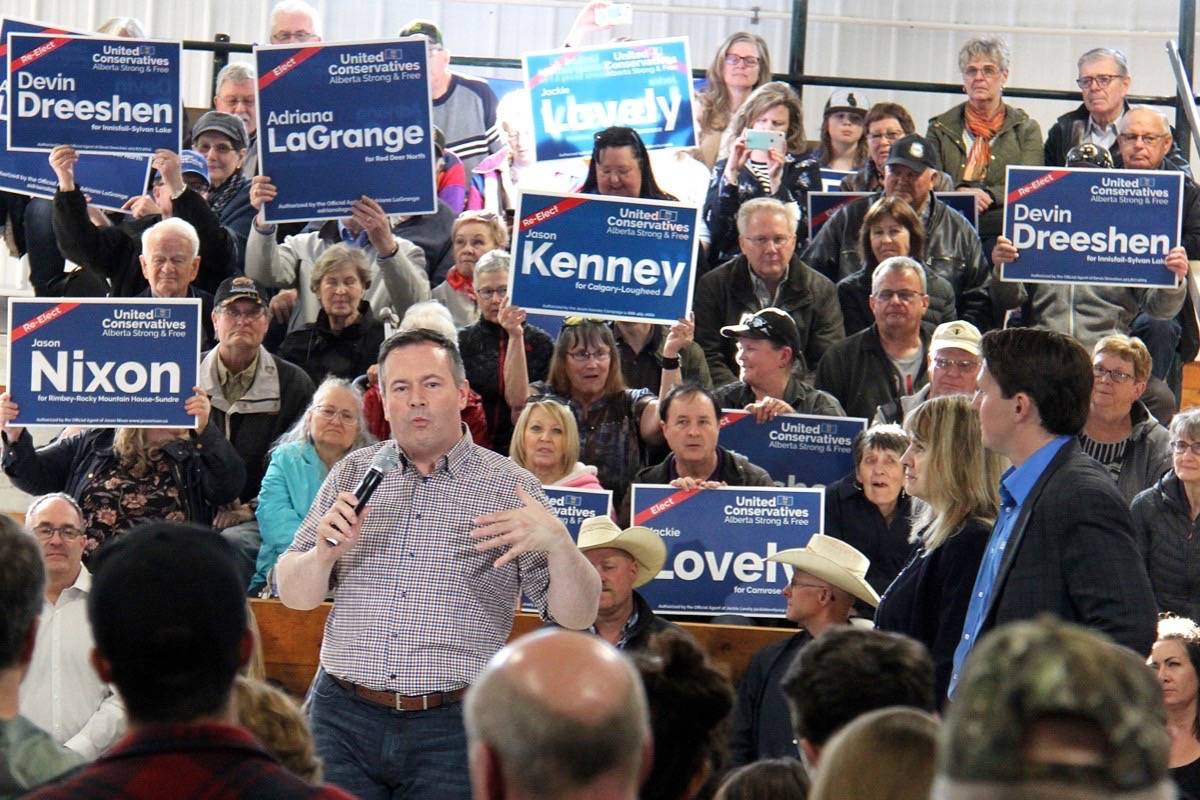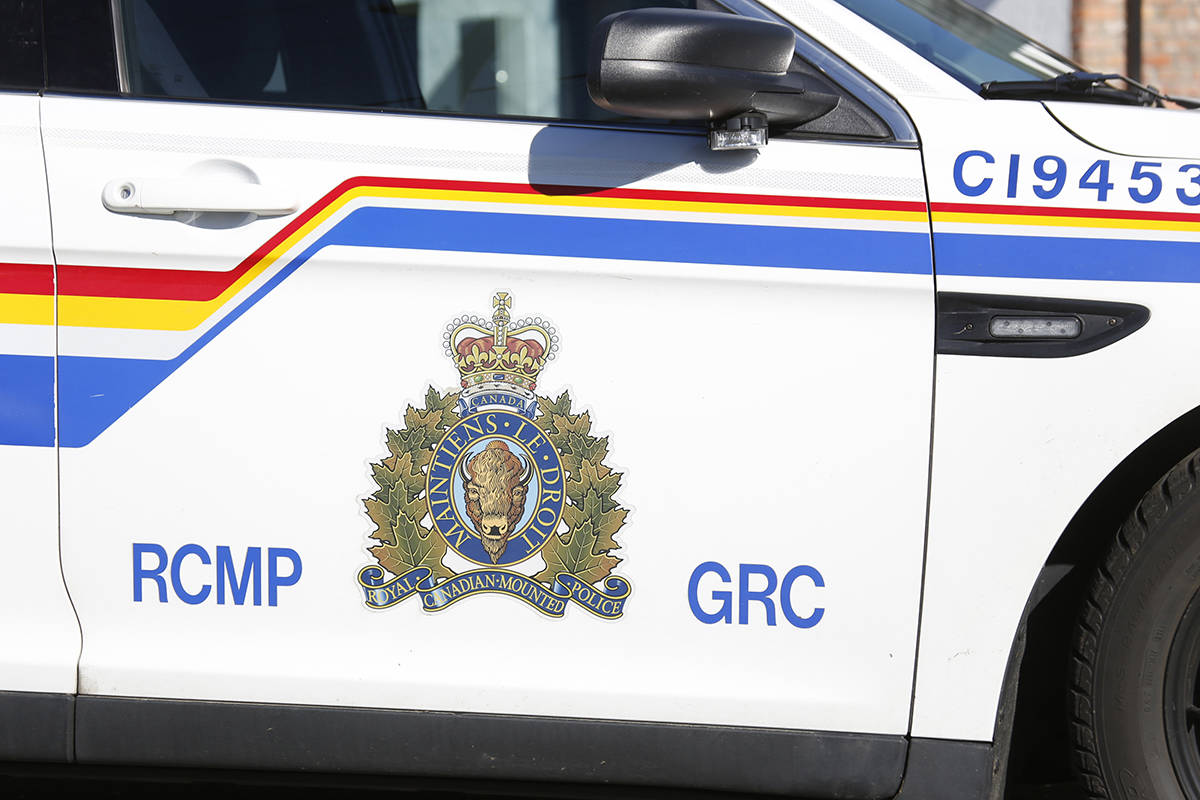This weekend, Red Deer will be celebrating a very significant milestone in our community’s history.
It was 100 years ago, on March 25, 1913, that Red Deer was officially incorporated as a City.
Red Deer, at the time, had a population of only 3,000, usually considered too small to become a city.
However, in 1901, when Red Deer was incorporated as a town, the community had 323 residents.
Twelve years later, the population had surged nearly 10-fold.
Many people optimistically predicted would grow to more than 30,000 by the early 1920s.
There were some solid arguments, other than spirited optimism, to seek city status. Cities were better able to sell debentures, an important consideration for a community that heavily relied on borrowing to finance the construction of new roads, waterworks, power facilities and public buildings.
Moreover, North Red Deer had become a separate village in 1911 and the residents of Red Deer West (West Park) were investigating the possibilities of incorporation.
Under provincial legislation, the Town of Red Deer could only annex such areas if it received a petition signed by two-thirds of the residents of the affected area.
There had already been a petition for annexation submitted by some residents of North Red Deer. Red Deer Town Council wanted to change its charter status so that it could have more flexibility in handling such requests.
The Town’s solicitor, G.W. Greene, presented a draft bill of incorporation at the first Town Council meeting of 1913.
In order to expedite matters, the draft proposed that the current town charter be simply amended by substituting the word ‘city’ for the word ‘town’.
The only other change dropped the requirement for two-thirds consent for annexation.
The town councilors unanimously approved the proposals. The new mayor, F.W. Galbraith, then invited the council and town administrators to an oyster dinner at the Crown Café.
The draft bill was approved by the Municipal Committee of the Alberta Legislature with virtually no debate.
Edward Michener, who was Red Deer’s MLA and also the leader of the official opposition, piloted the bill through the remainder of the legislative process.
The bill was unanimously approved on March 10th. The Lieutenant Governor gave his assent on March 25th. Red Deer officially became a City.
Surprisingly, the news was not greeted with much fanfare back in Red Deer.
The Red Deer Advocate had a front-page article on the incorporation, but it was quite a small one. There were much bigger articles on the announcement of a provincial election and a proposal to build new factories in Red Deer.
The new City council did announce a competition for the design of an official City coat of arms. Entries were received from all over Canada, but the winner was A.B. Mitchell, a local jeweler. He was awarded a $25 prize for his submission.
Meanwhile, City council began work on the new City charter, a job which proved to be time consuming and occasionally contentious.
Mayor Galbraith proposed that all residents, 21 years of age or older, be given the right to vote in municipal elections.
The majority of aldermen balked at this radical idea. They decided instead to give the vote to all adult property owners.
This was still a significant advance as it meant that married women with property could now vote, unmarried women and widows with property having been given this right in 1901.
There were also arguments over tax exemptions for churches and a minimum tax on lots. The former idea was accepted, while the latter was eventually dropped.
The Alberta Legislature approved the new city charter with only a few minor changes. With the charter being officially approved on Oct. 25, 1913, Red Deer was now fully incorporated as a City.
Unfortunately, during the move into the new City Hall building in 1964, the original City charter was thrown out.
A replacement certificate of incorporation was issued by the provincial government on June 29th, 1971.
That is the document that is now displayed in the Council Chambers at City Hall.


